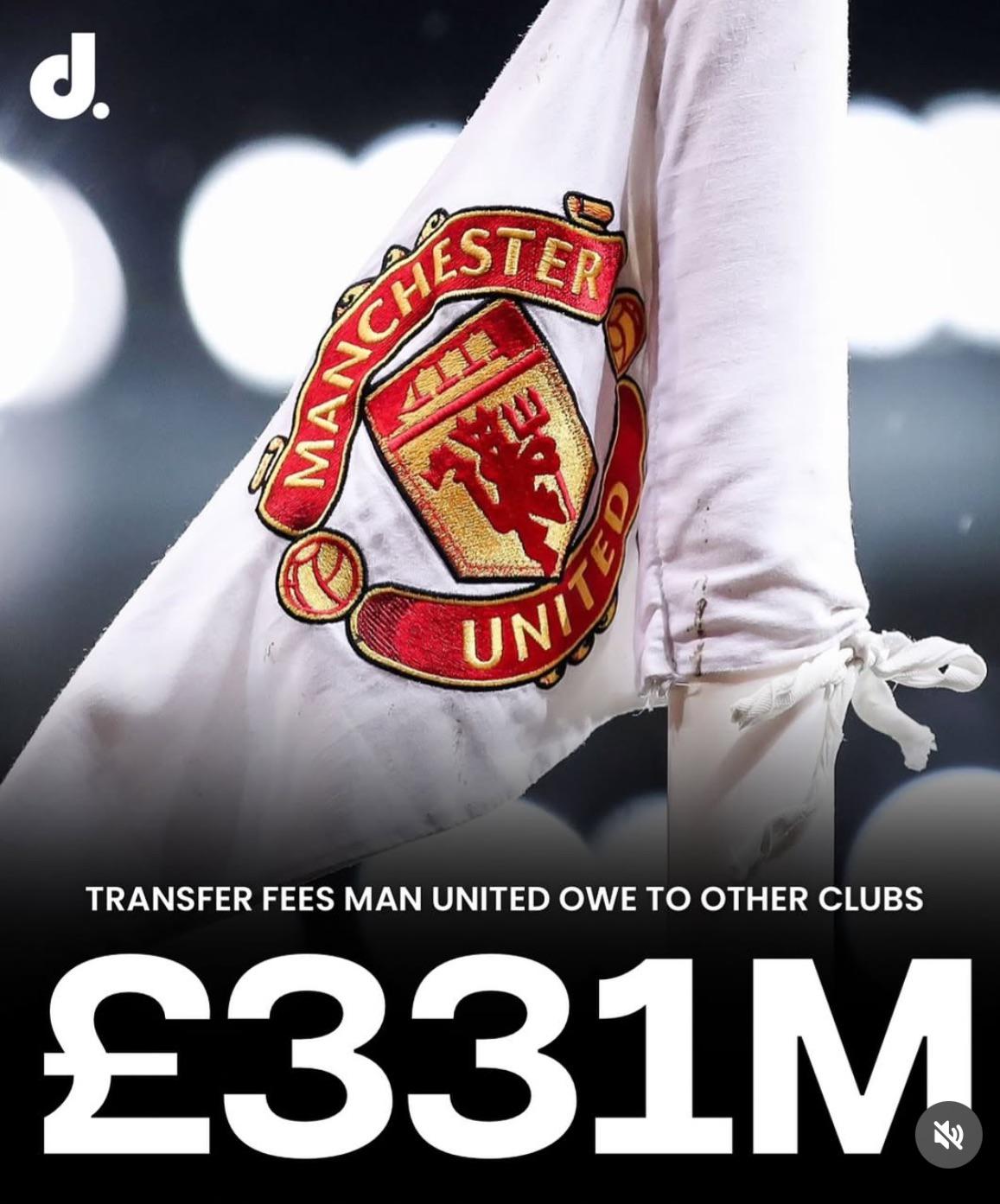Manchester United’s Transfer Debt: A Financial Analysis
Recent reports from The Telegraph have unveiled that Manchester United currently owes approximately £331 million in transfer fees to various clubs, highlighting the significant financial commitments the club has accumulated through recent transfer activities.
Understanding the Transfer Debt
The revealed £331 million figure represents outstanding payments for previous transfer dealings, a common practice in football where transfer fees are often paid in installments. This arrangement allows clubs to manage their cash flow while still securing top talent, though it does create long-term financial obligations.
Impact on Future Transfer Activities
This substantial debt could have several implications for the club:
• Reduced flexibility in future transfer windows
• Potential limitations on high-value signings
• Need for more strategic financial planning
• Possible focus on youth development and loan markets
Financial Context and Perspective
While £331 million is a significant sum, it’s important to consider:
• Manchester United’s status as one of football’s highest-earning clubs
• The club’s substantial commercial revenue streams
• Industry-standard practice of structured payment deals
• The club’s overall asset value and revenue generation capacity
Looking Forward
The club will need to balance several factors moving forward:
• Strategic management of existing financial commitments
• Careful planning of future transfer activities
• Potential need for increased revenue generation
• Compliance with Financial Fair Play regulations
What This Means for Fans
While these financial obligations are significant, they reflect the club’s continued investment in strengthening the squad. The key will be managing these commitments while maintaining competitiveness in both domestic and European competitions.
Conclusion
As Manchester United navigates these financial challenges, the focus must remain on sustainable growth while maintaining the club’s competitive edge. The management of this transfer debt will be crucial in shaping the club’s transfer strategy in upcoming windows.

